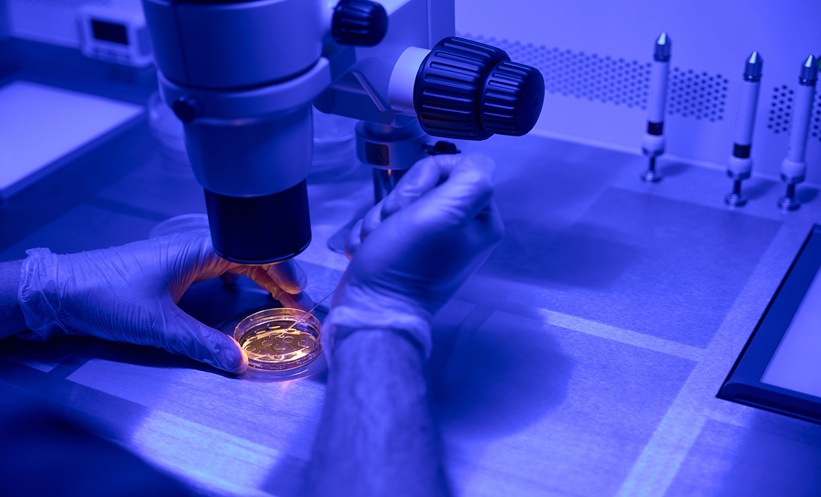A MAJOR review explored the potential of spent embryo culture media (SECM) as a non-invasive source of biomarkers to help improve embryo selection in in vitro fertilisation (IVF).
Currently, embryo quality is assessed primarily through morphology and genetic testing. However, this review of 49 studies from 20 countries suggests that analyzing the metabolic footprint—such as glucose, pyruvate, amino acids, and fatty acids—in SECM could soon provide clinicians with valuable insight into embryo viability, implantation potential, and even chromosomal health.
Some studies examined single nutrient markers, while others applied advanced metabolomic profiling, with many highlighting metabolic differences between embryos that successfully implanted and those that did not. Yet, inconsistent methodologies and undisclosed compositions of commercial embryo culture media remain significant barriers to clinical application.
The authors call for the development of unified guidelines for SECM metabolomic research and argue that future studies should focus on quantitative, multi-omics comparisons between high- and low-quality embryos. This could pave the way for fast, inexpensive clinical tests to support embryo selection—without the need for invasive biopsies.
Ultimately, this research signals a shift toward integrating AI-driven, non-invasive diagnostics into routine fertility care, bringing new hope to IVF patients worldwide.
Reference
Masouleh, AAM et al. Embryo metabolism as a novel non-invasive preimplantation test: nutrients turn over and metabolomic analysis of human spent embryo culture media (SECM), Human Reproduction Update, 2025;DOI: 10.1093/humupd/dmaf015.








